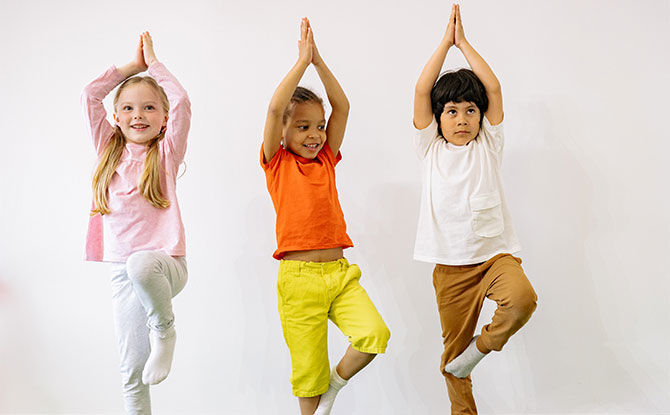As OT’s, we often hear parents say their child struggles with coordination, handwriting, or sitting still, and one of the first things we consider is primitive reflexes. These are automatic movements that babies are born with, designed to help with survival and early development. Think about the sucking reflex—essential for feeding—or the startle reflex when a baby suddenly throws out their arms and legs in response to a loud noise.
Primitive reflexes are supposed to integrate (disappear) as the child grows and their nervous system develops, making way for more controlled, voluntary movements. But what happens when they don’t? Well, that’s where things get tricky.
Why do retained primitive reflexes matter?
When a reflex doesn’t integrate properly, it can affect a child's ability to move, learn, and focus. Here are some common ones that tend to stick around and cause trouble:
Moro Reflex (Startle Reflex) – If this doesn’t integrate, kids may be overly sensitive to sudden noises, light, or movement, leading to anxiety or difficulty focusing in class.
ATNR (Asymmetrical Tonic Neck Reflex) – This is the "fencer’s pose" reflex in babies. If retained, it can impact handwriting, reading, and even crossing the midline of the body.
STNR (Symmetrical Tonic Neck Reflex) – This one helps babies transition from crawling to sitting. If retained, kids may struggle with posture, sitting still, or copying from the board.
TLR (Tonic Labyrinthine Reflex) – If retained, it can affect balance, coordination, and even spatial awareness.
What does this look like in daily life?
Children with retained primitive reflexes might:
-
Slouch or struggle to sit up in a chair
-
Have messy or slow handwriting
-
Struggle with reading or tracking across a page
-
Avoid crossing their midline (e.g., using both hands together effectively)
-
Have poor balance and coordination
-
Be hypersensitive to movement, touch, or sound
Can anything be done about it?
Yes! The good news is that targeted exercises can help integrate these reflexes and improve function. OT’s use movement-based interventions to help the nervous system mature and support more efficient motor control. Simple activities like crawling, rolling, or rhythmic movements can make a big difference.
If your child is struggling with motor skills, coordination, or attention, an OT assessment could help identify whether retained reflexes are playing a role. Addressing them can be a game-changer for learning, movement, and overall confidence!
